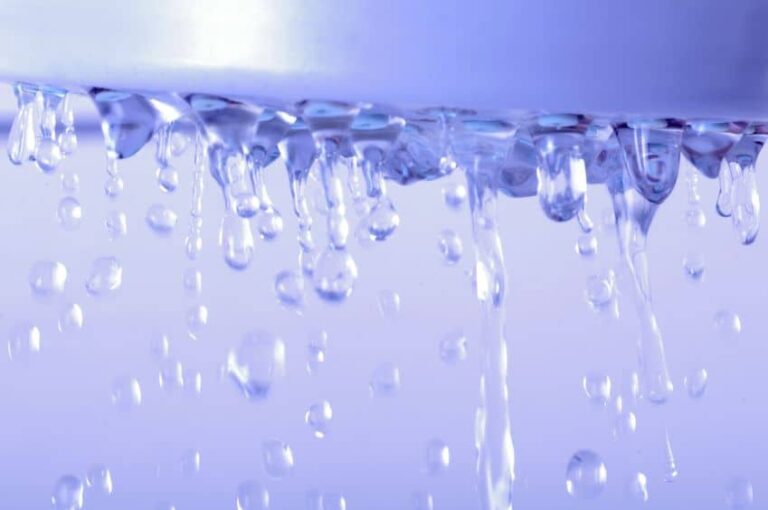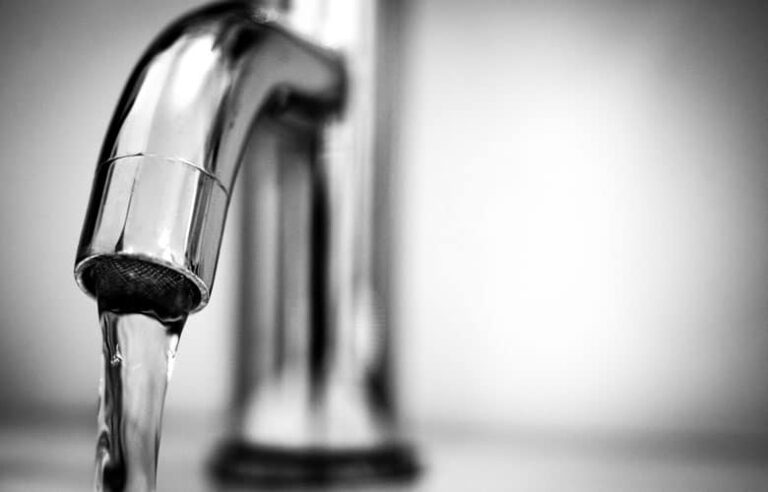
How to fix a clogged drain – You can feel helpless when a drain gets clogged repetitively. The water backs up and you cannot think of any way to unclog it. The first thought on your mind will be to call a plumber. However, there are a few things you can to do unclog a drain on your own. Try these methods to fix a drain before you call a plumber.
1. Plunging
Plunging can be used to clear not just your toilet but also your sink. Use the following steps for this method:
• If it is a sink, plug up the overflow opening using a rag. If it is a double-basin sink, use the rag to block the other drain. Make sure the strainer from the clogged side is removed.
• Completely cover the clogged drain opening with the plunger cup
• Hold the plunger firmly in place and fill the sink with water. Maintain a tight seal and fill to cover the cup.
• Maintaining the seal, make up and down motions. Make sure the thrusts are even.
• Make at least half a dozen plunges and check. If the seal between the sink and cup is broken, and the water drains off, it is a success.
If the water doesn’t drain off, re-create the seal and keep plunging. Once the clog clears, run hot water into the sink to clear off any remaining debris.
2. Wet & Dry Vacuum Method
You can use a wet and dry vacuum to unclog drains. Use the following steps:
• Set the device to vacuum liquids
• Cover the vent
• Build an exceptionally tight seal over the drain. Use an old plunger head to create the seal.
The vacuum should pull up the clog through pipe and into the vacuum bag. If this method doesn’t work, you should try the next one.
3. Clean the Drain Trap
The drain trap is the U-shaped pipe that can be found under your sink. It is easy for this point to get clogged up. You should clean it only when you have a clogged drain, but once in a while to prevent the issue.
• Place a bucket under the drain trap to catch water or debris
• Locate the slip nuts and loosen them using a wrench. Remove the nuts while keeping the pipe in place.
• Flip the pipe and empty it into the bucket
• Use a toothbrush or wire brush to clean any debris inside
• Wear rubber gloves to pull any large clogs with your fingers
• Clean all the surrounding connection points
• Run hot water through the trap using low pressure
Fix the nuts back in place.
4. Use Plumber’s Snake
If there are clogs down the system, they can be difficult to clear. Using an auger or plumber’s snake can help in this situation. This will require disassembling the P-trap and drainpipe under the sink. The stub pipe will have to be exposed that runs behind the cabinet wall. Insert the snake at this point and continue until the resistance is encountered.
You cannot always figure out the cause of a clogged drain. If the above-mentioned methods fail, you should call a professional and licensed plumber to take care of the issue. The right experience, skills, and tools can ensure effective and safe resolution of the problem. If the clog is in a drain other than the sink, you shouldn’t attempt to clear it yourself. A clogged sink is mostly an easier and safer DIY task. Clogs in other drains should be handled only by professionals.
If drains get clogged more often around your home, the cause could be a main sewer line clog. All the outflows depend on this line and it is best handled by an expert.




